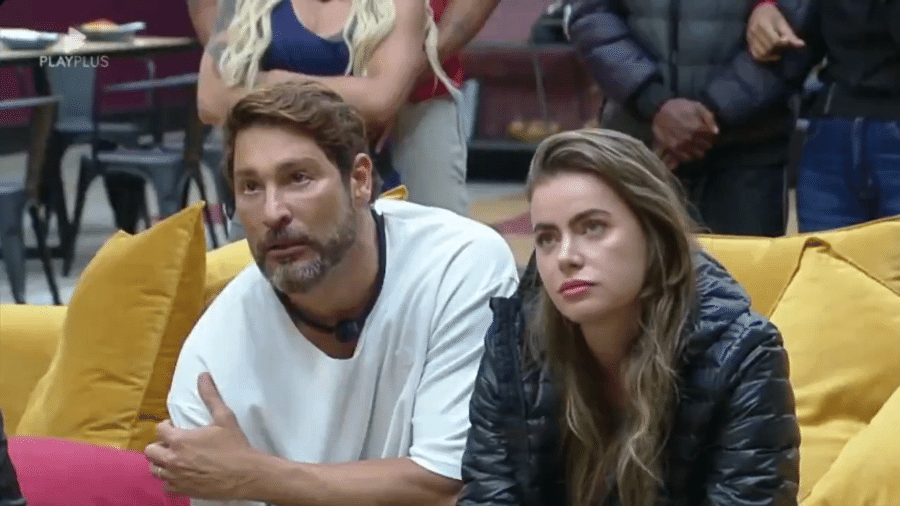Criatura similar a monstro de 'Stranger Things' assusta banhistas em praia

Banhistas da praia de Bennar, no País de Gales, ficaram espantados ao se deparar com uma estranha criatura marinha na região. O motivo: o crustáceo de oito tentáculos, conhecido como gooseneck, lembra muito a aparência do Devorador de Mentes, monstro maligno que habita o mundo invertido da série "Stranger Things" (Netflix).
Um jovem chamado Shell Longmore impressionou-se tanto com a aparência da criatura que a fotografou e compartilhou a imagem em seu perfil no Facebook. "Eu pensei que tinha visto todo tipo de vida selvagem local até encontrar isso. Foi um choque enorme! Era uma criatura de aparência estranha, mas também muito bonita", observou o rapaz, em entrevista ao jornal North Wales Live.
Após a publicação, Longmore recebeu vários comentários pedindo que ele vendesse o animal. Explica-se: o gooseneck é uma iguaria muito apreciada em países como Portugal e Espanha, onde chega a custar até 300 libras o quilo — o equivalente a cerca de R$ 2 mil.
Sucesso na Netflix desde 2016, "Stranger Things" está com sua quarta temporada em cartaz na plataforma de streaming. A primeira parte dos episódios desembarcou em 27 de maio no catálogo internacional do serviço, enquanto os episódios finais serão lançados em 1º de julho.


















ID: {{comments.info.id}}
URL: {{comments.info.url}}
Ocorreu um erro ao carregar os comentários.
Por favor, tente novamente mais tarde.
{{comments.total}} Comentário
{{comments.total}} Comentários
Seja o primeiro a comentar
Essa discussão está encerrada
Não é possivel enviar novos comentários.
Essa área é exclusiva para você, , ler e comentar.
Só s do UOL podem comentar
Ainda não é ? Assine já.
Se você já é do UOL, faça seu .
O autor da mensagem, e não o UOL, é o responsável pelo comentário. Reserve um tempo para ler as Regras de Uso para comentários.